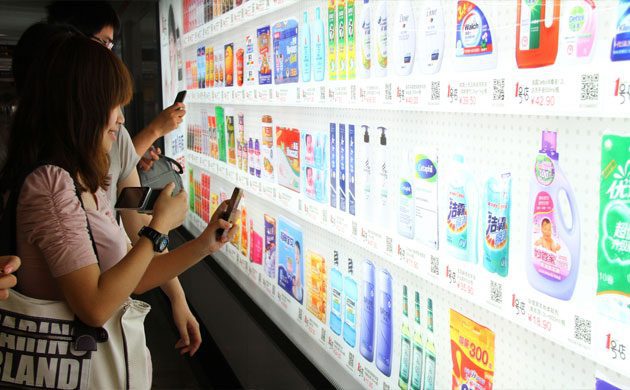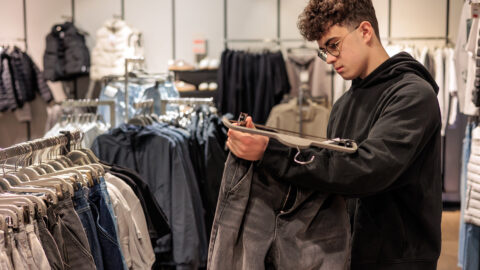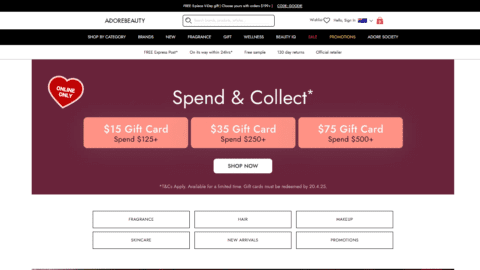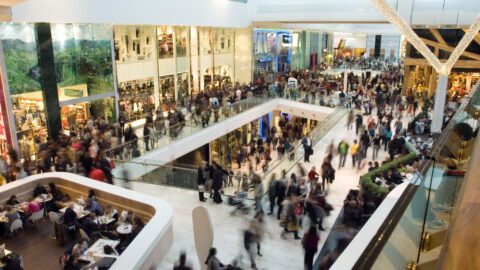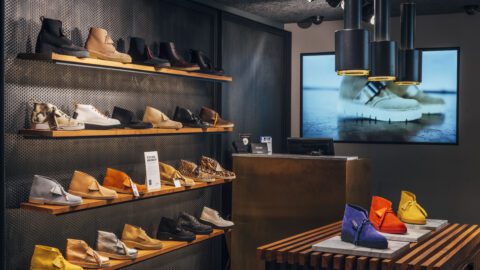 The rise of omnichannel has given way to virtual merchandising, which is designed to provide the consistent shopping experience consumers desire. Now consumers have the opportunity to shop via the “endless aisle,” in which shelf space is extended to the brand’s full catalog of products and accessible content.
The rise of omnichannel has given way to virtual merchandising, which is designed to provide the consistent shopping experience consumers desire. Now consumers have the opportunity to shop via the “endless aisle,” in which shelf space is extended to the brand’s full catalog of products and accessible content.
In a recent webinar, titled: Endless Aisle: Virtual Merchandising in an Omnichannel Marketplace, executives from iQmetrix and Boston Retail Partners discussed the added benefits of virtual merchandising, which is defined as the act of bringing elements of online shopping into the physical store. The webinar was part of the weeklong Connected Consumer Series, presented by Retail TouchPoints.
Although price is still the most important factor for U.S. consumers who are shopping online, more than 60% of tech-savvy consumers would choose to shop in-store if online services were provided in stores, noted Alen Puaca, Creative Director at iQmetrix. In fact, 44% of U.S. shoppers access their smartphones while in-store most or all of the time.
“The tipping point right now for retailers and consumers is that the change is not coming or currently happening, the change has happened already,” Puaca said. “Consumers are behaving differently. They have established a new norm, but the retailers are still adjusting. I think the retailers still have some catching up to do.”
The presentation outlined the omnichannel retail landscape, indicating the need for retailers to integrate customer-centric channels via a unified commerce platform, including functionalities such as: CRM, content management, POS and payment processing.
Later in the presentation, Perry Kramer, VP of Boston Retail Partners, discussed the state of omnichannel retail, indicating that a unified commerce platform must have a single rules engine so consumers can have a consistent experience across all devices.
“Unified commerce puts the retailer at the center of the universe,” Kramer said. “It’s driven primarily by the newer generations that we’re seeing out there. You’re no longer presenting to senior citizens, although they are a part of it. Really, what you’re being driven by is the current generation of shoppers. They’re demanding smart and knowledgeable experiences, they’re very selective and they’re driven by the mobile world.”
Today’s retailers must compete beyond product selection and price; they also must provide unique and engaging shopping experiences, according to Kramer. Now more than ever, it’s vital that retailers provide a fun experience that will keep customers engaged.
Retailers that identify customers before they make their transactions have the opportunity to influence the decision-making process, Kramer explained. He revealed results from a recent BRP study, which concluded that 51% of retailers have the ability to identify customers before checkout, either by transaction lookup or contact information.
Kramer provided a list of process changes retailers need to make to successfully integrate virtual inventory into a retail business model. Some of the process changes hone in on labor management, replenishment and fulfillment, store operations, returns and reverse logistics.
“We are at a strategic inflection point where the network has taken center stage,” Kramer said. “This enables an integrated world where consumers drive self-checkout on their smartphone, interact with their friends in real time on purchase decisions and receive discounts and personalized pricing as they are shopping, creating a cohesive customer experience. Changes in mobile devices, the continuous expansion of Wi-Fi and the ability to get online has really driven a lot of the technology and best practices that are required to deliver that endless aisle experience.”



